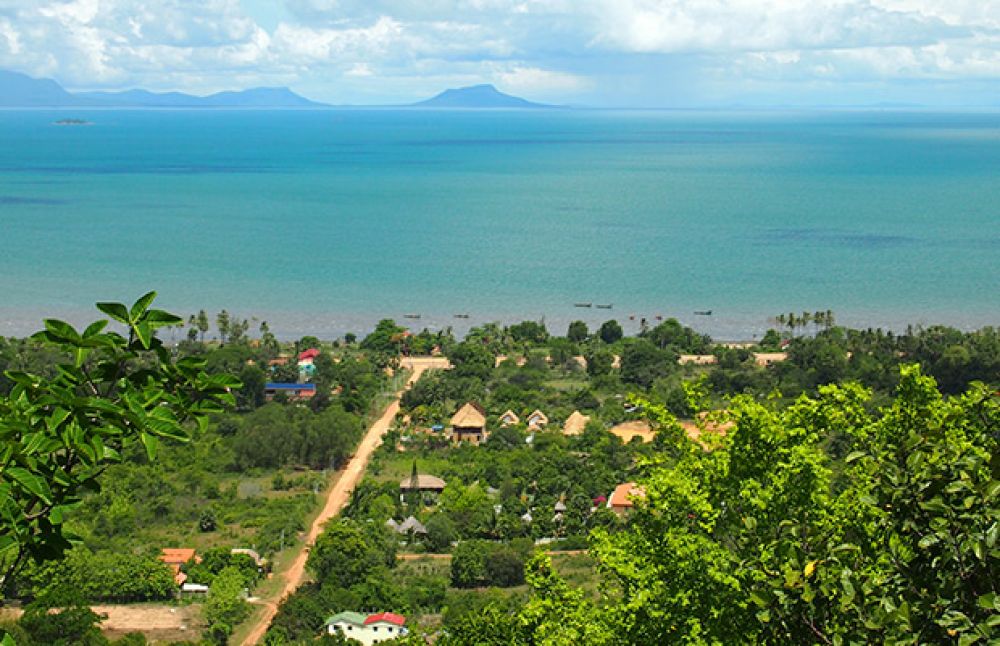

Kep National Park is nestled in the small coastal town of Kep, in the Kampot Province of Cambodia. The park was established in 1993 and spans an area of about 50 square kilometers. Kep itself, once a thriving resort town for the French colonial elite and Cambodian royalty, emerged as a popular destination in the early 20th century. With the decline of the region due to historical conflicts, tourism also suffered.
However, following the restoration of peace in Cambodia in the late 1990s, Kep has been rediscovering its allure as a tourist destination. The turn of the 21st century marked an era of redevelopment and conservation, which included efforts to promote Kep National Park as a site for eco-tourism. The park's lush forest shelters a rich diversity of fauna and flora and offers enthralling views of the surrounding areas, including the Gulf of Thailand.
Visitors to Kep are drawn to its natural beauty, tranquility, and the famed Kep Crab Market, but increasingly the National Park itself has become a major draw. With marked trails such as the popular 8km main circuit, tourists can indulge in experiences such as nature walks, bird watching, and mountain biking. The "Stairway to Heaven" trail leads to a hilltop pagoda offering panoramic views. Moreover, the addition of informational signboards along the trails has enhanced the nature exploration experience for tourists.
Tourism in the area has taken a sustainable approach with the local community being involved in the conservation efforts. Ecotourism has been promoted to ensure that the growth in visitor numbers does not negatively impact the park's ecosystem. Latest trends include the development of community-based tourism projects, where visitors can stay in local guesthouses and participate in local life, such as farming or fishing.
Despite this increase in tourism, there are ongoing challenges such as environmental pressures and the need for better infrastructure. In response, the Cambodian government, along with several NGOs, is working to improve facilities and implement conservation programs.
With a continuous emphasis on sustainability and heritage preservation, Kep National Park is poised to maintain its status as a cherished natural sanctuary and a beacon for responsible tourism within Cambodia. As the region preserves its distinct charm and natural beauty, it promises visitors an authentic encounter with Cambodia’s quieter side, contrasting with the bustling ambiance of more frequented destinations like Siem Reap and Phnom Penh.
Increasingly, Kep and its national park exemplify the delicate balance between embracing growth in tourism and conserving natural habitats. For those tourists seeking a serene environment, coupled with the opportunity to explore Cambodia's natural and cultural riches, Kep National Park remains an enchanting proposition.